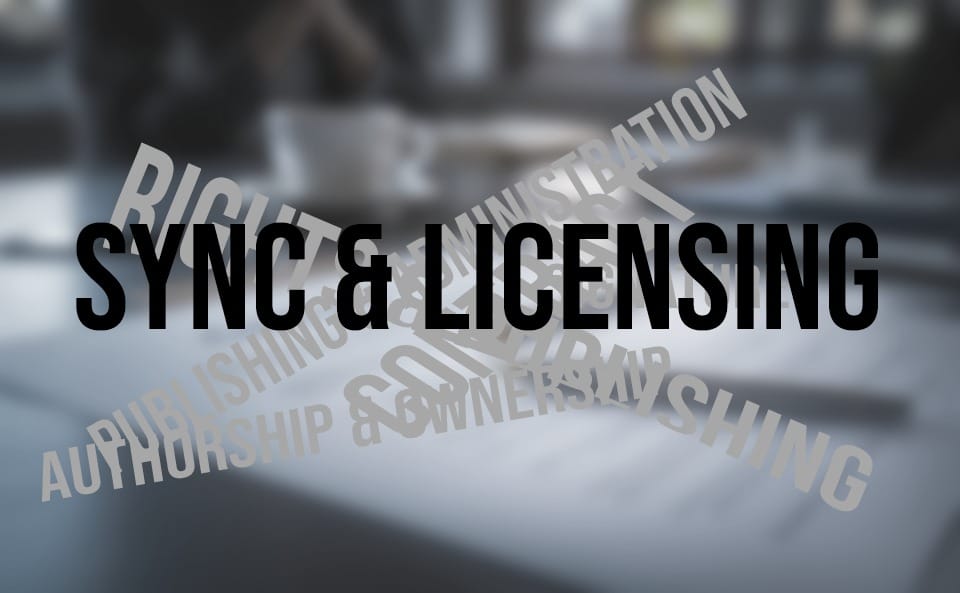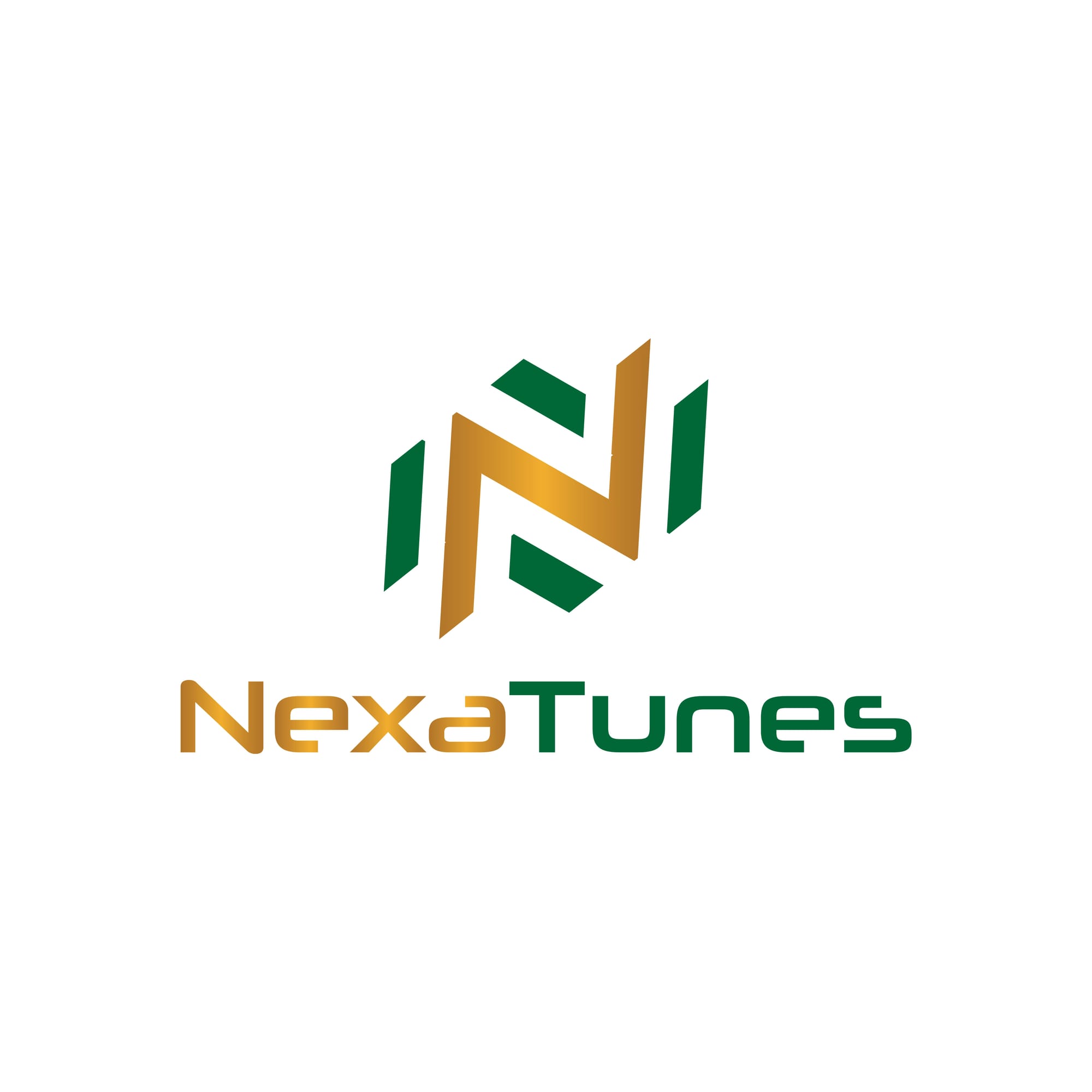Sync Rights Explained

How Your Music Can End Up in Films, Ads, and Games – and What You Need to Know
What Are Sync Rights?
“Sync” (short for synchronization) refers to the right to use music in connection with visual media.
Every time a track appears in a film, series, advertisement, trailer, video game, or YouTube video – the sync rights must be licensed.
👉 Not sure how this works with YouTube videos? Read the YouTube & Content ID Guide here
It doesn’t matter if the song is used for 30 seconds or just as background in a scene – it always requires permission.
Two Rights – One Use
Sync licensing always involves two separate components:
- The master right – connected to the actual sound recording
- The publishing right – connected to the composition (melody, lyrics, structure)
To legally use a song in sync, both rights must be cleared.
Even if someone owns the master, they cannot approve a sync if they don’t own or control the composition.
Who Has to Approve a Sync Deal?
That depends on the setup:
- If you’re an independent artist and wrote the song yourself: you can approve both master and publishing sides.
- If you’re signed to a label or have a publisher, they may hold one or both rights – so you need their approval.
- If you use co-writers, producers, or beats: you need approval from everyone who holds a share of the song.
- If your song was created through a collaboration and you never agreed on splits: the situation can get complicated quickly.
In short: never sign a sync deal unless all relevant parties have explicitly agreed.
How Much Can You Earn?
There are no standard sync fees – it always depends on:
- Where and how the music will be used
- How long it plays
- Whether it’s background, main theme, or focus
- The size of the platform, campaign, or brand
- Whether it’s an exclusive or non-exclusive use
Small indie uses (like YouTube or student films) might pay under €100, while major brands or global films can pay tens of thousands.
Some sync deals also include backend royalties, depending on performance and territory.
What to Watch Out For
Many artists are excited to get their first sync request – but that doesn’t mean every offer is good.
Before you say yes, make sure you know:
- Who is requesting the license?
- What will your music be used for exactly?
- Will it be exclusive?
- Is this a one-time buyout, or are future royalties involved?
- Who owns and approves the master and the publishing?
Never grant sync rights inside a general distribution contract or licensing deal unless the terms are clear and you trust the setup.
Summary
Sync licensing is one of the most powerful ways for independent music to reach a wider audience – and generate real revenue.
But it requires clarity, rights control, and professional communication.
You don’t need a big publisher to get syncs. But you do need to understand:
- Who owns what
- Who can say yes
- And what exactly you’re agreeing to
Just clean rights = real opportunities.
NexaTunes – structured support for independent releases.
Get in touch for more information using our livechat
